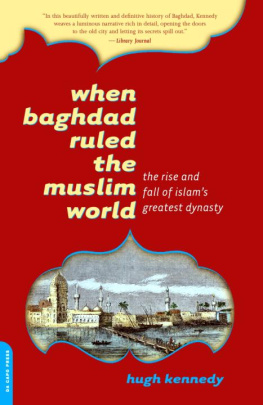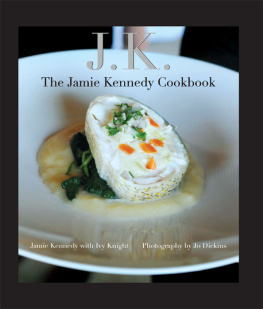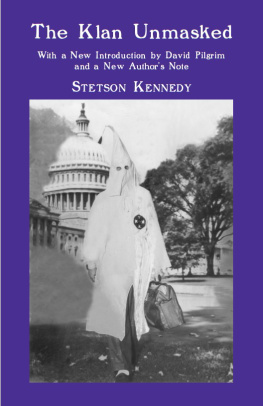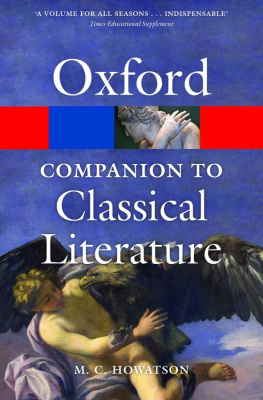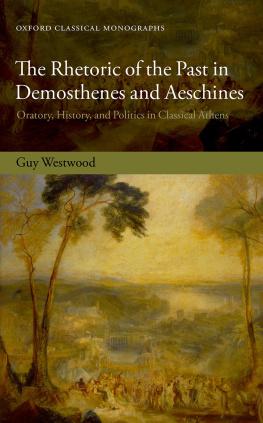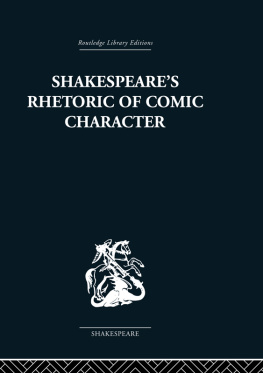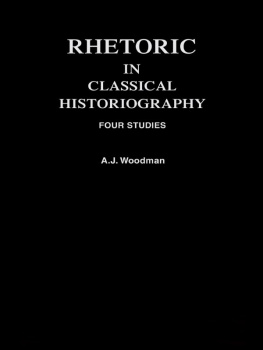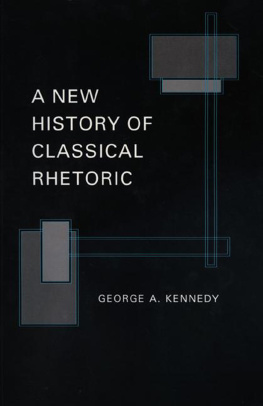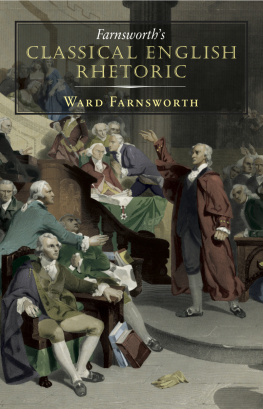For twenty years this book has been a popular and useful introduction to the history of the rhetorical tradition in the West for students in colleges and universities and for general readers. In thoroughly revising it, I have taken account of much new scholarship that has appeared since the original publication, changed some of my own views as the result of further study, given greater attention to rhetorical study in Spain, and added discussion of women who have contributed to the history of rhetoric, a subject that had been little studied at the time of the first edition. I am grateful to the readers of the first edition who encouraged me to make this revision, to The University of North Carolina Press for its willingness to undertake a new edition, and to members of the Press staff who have assisted in preparing it.
George A. Kennedy
Fort Collins, Colorado
March 9, 1998
Classical Rhetoric and Its Christian and Secular Tradition from Ancient to Modern Times
No farther seeke but in this booke thy self doe exercise.
Chapter 1
Traditional and Conceptual Rhetoric
Rhetoric, and its cognates in other languages, is derived from the Greek word rhkorik, the art or technique of a rhtr, or public speaker. The word first appears in Platos dialogue Gorgias, written in the second decade of the fourth century B.C., but dramatically set a generation earlier. In conversation with Socrates (453a2), Gorgias defines rhkorik as the worker of persuasion. Persuasion (peith) was used in earlier Greek to describe what came to be called rhetoric. Another Greek word often used of rhetoric is logos, literally word, but also meaning speech, argument, reason.
Rhetoric in Greece was specifically the civic art of public speaking as it developed under constitutional government, especially in Athenian democracy of the fifth and fourth centuries. This art was described and discussed in handbooks, speeches, dialogues, treatises, and lectures and was expanded and developed by teachers of public speaking, philosophers, and practicing orators to produce what we call classical rhetoric, social and political practices and a body of texts that describe or illustrate that practice. Classical rhetoric, in turn, was transmitted to the Middle Ages, the Renaissance, and the modern period, adapted to the needs of each era, but repeatedly drawing new inspiration from the major classical sources, especially from writings of Cicero, but at times from readings of Plato, Aristotle, Quintilian, or other Greek or Latin sources.
Rhetoric in the sense of techniques of persuasion is a phenomenon of all human cultures, and analogies to it are also found in animal communication.has some kind of purpose, and rhetoric includes the ways of accomplishing, or attempting to accomplish, that purpose within a given culture. The Greeks and Romans thought of this purpose as persuasion, but by that they meant something more general than persuasion as understood by a modern social scientist. Purposes cover a spectrum from converting hearers to a view opposed to that previously held, to implanting a conviction or belief not otherwise entertained, to teaching or exposition, to entertainment and demonstration of the cleverness of the speaker. Persuasion can be accomplished by direct means, such as force, threats, or bribes, or it can be done symbolically by the use of signs, of which the most important are spoken and written words or gestures.
Every communication is rhetorical because it uses some technique to affect the beliefs, actions, or emotions of an audience. The simplest verbal techniques are pitch, volume, and repetition, as in help, Help, HELP! The white pages of the telephone directory show a relatively low degree of rhetoric. Their main rhetorical technique is alphabetization, which accomplishes the purpose of allowing a reader to find a particular name easily, and except for occasional flashes of bold type their author does not seek to influence a reader to call one number rather than another. The yellow pages are distinctly more rhetorical, seeking to make an effect upon the reader and using visualization of products and other typographical devices to influence a decision.
Some definitions will help to trace the influence and adaptations of classical rhetoric through western history. One is the concept of primary rhetoric. Primary rhetoric is the conception of rhetoric held by the Greeks when artistic techniques were first described in the fifth century B.C. Rhetoric was primarily an art of persuasion; it was primarily something used in civic life; it was primarily oral. Primary rhetoric involves utterance on a specific occasion; it is an act not a text, though subsequently it can be treated as a text. The primacy of primary rhetoric is a fundamental fact in the classical tradition: through the time of the Roman Empire teachers of rhetoric, whatever was the real situation of their students, took as their nominal goal the training of persuasive public speakers; even in the early Middle Ages, when there was reduced practical opportunity to exercise civic rhetoric, the definition and content of rhetorical theory as set forth by Isidore and Alcuin, for example, show the same civic assumption; the revival of classical rhetoric in Renaissance Italy was foreshadowed by renewed need for civic rhetoric in the cities of the twelfth and thirteenth centuries; and the great period of neoclassical rhetoric was the time when public speaking emerged as a major force in church and state in France, England, and America.
Secondary rhetoric, on the other hand, refers to rhetorical techniques as found in discourse, literature, and art forms when those techniques are not being used for an oral, persuasive purpose. In secondary rhetoric the speech act is not of central importance; that role is taken over by a text. Frequent manifestations of secondary rhetoric are commonplaces, figures of speech, and tropes in written works. Much literature, art, and informal discourse is decorated by secondary rhetoric, which may be a mannerism of the historical period in which it is composed. Secondary rhetoric, however, contributes to accomplishing the purpose of the speaker or writer, but indirectly or at a secondary level. It provides ways of emphasizing ideas or making them vivid. It enlivens the page and relieves the tedium of the reader. It may demonstrate the writers education, eloquence, or skill, and it thus often makes the writer more acceptable to an audience.
It has been a persistent characteristic of classical rhetoric in almost every stage of its history to move from primary to secondary forms, occasionally then reversing the pattern. For this phenomenon the Italian term





